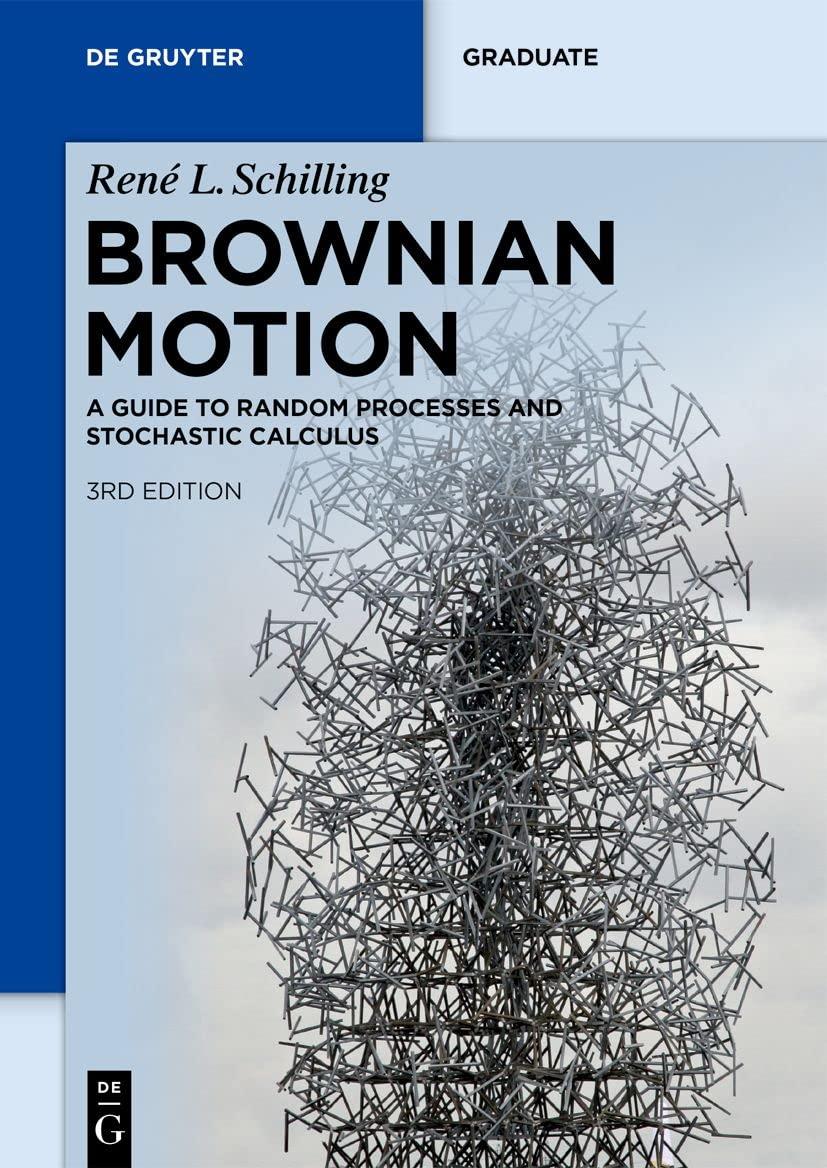Let (left(B_{t} ight)_{t geqslant 0}) be a (mathrm{BM}^{1}, Phi(y):=mathbb{P}left(B_{1} leqslant y ight)), and set (X_{t}:=B_{t}+alpha t) for
Question:
Let \(\left(B_{t}\right)_{t \geqslant 0}\) be a \(\mathrm{BM}^{1}, \Phi(y):=\mathbb{P}\left(B_{1} \leqslant y\right)\), and set \(X_{t}:=B_{t}+\alpha t\) for some \(\alpha \in \mathbb{R}\). Use Girsanov's theorem to show for all \(0 \leqslant x \leqslant y, t>0\)\[\mathbb{P}\left(X_{t} \leqslant x, \sup _{s \leqslant t} X_{s} \leqslant y\right)=\Phi\left(\frac{x-\alpha t}{\sqrt{t}}\right)-e^{2 \alpha y} \Phi\left(\frac{x-2 y-\alpha t}{\sqrt{t}}\right) .\]
Fantastic news! We've Found the answer you've been seeking!
Step by Step Answer:
Related Book For 

Brownian Motion A Guide To Random Processes And Stochastic Calculus De Gruyter Textbook
ISBN: 9783110741254
3rd Edition
Authors: René L. Schilling, Björn Böttcher
Question Posted:





